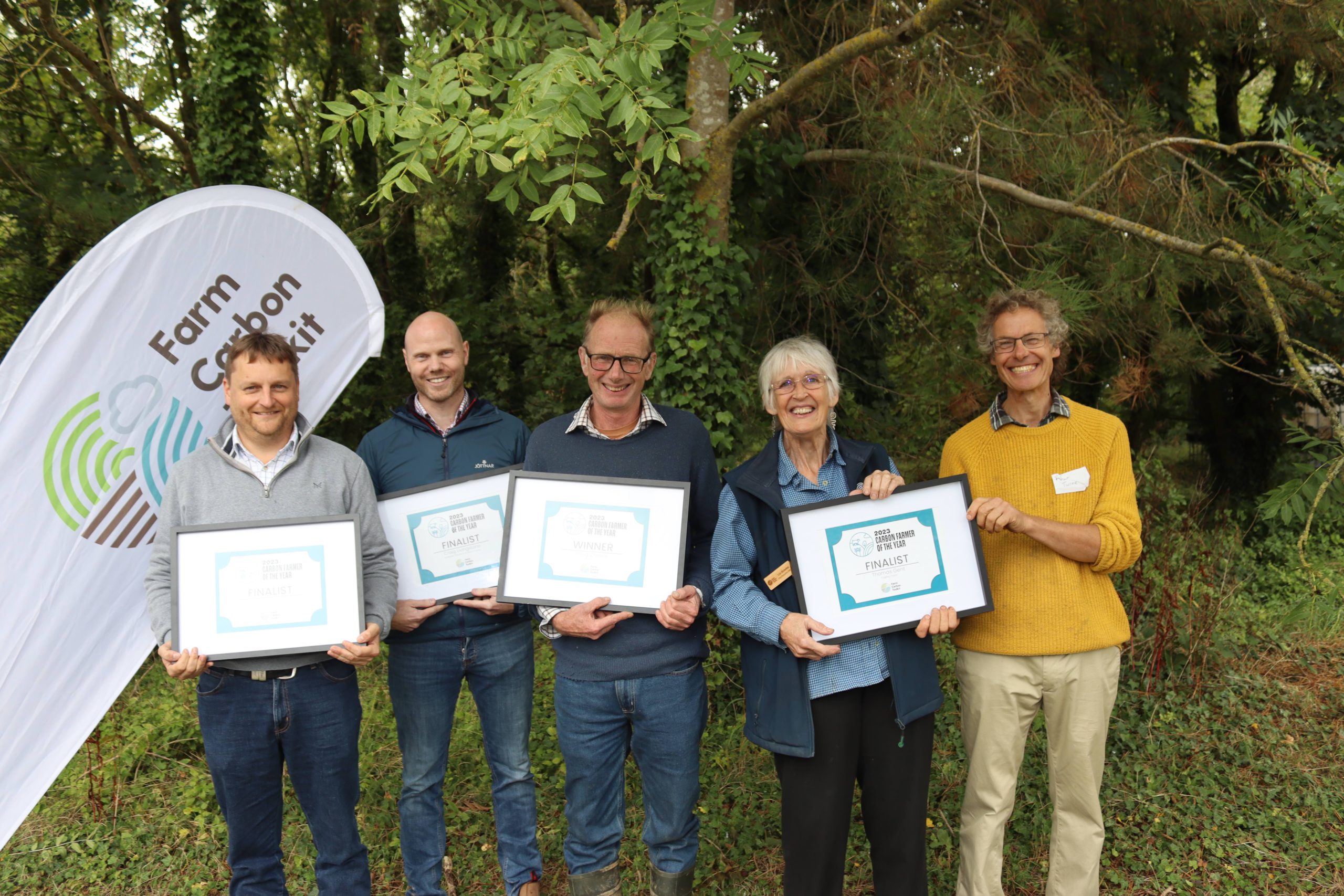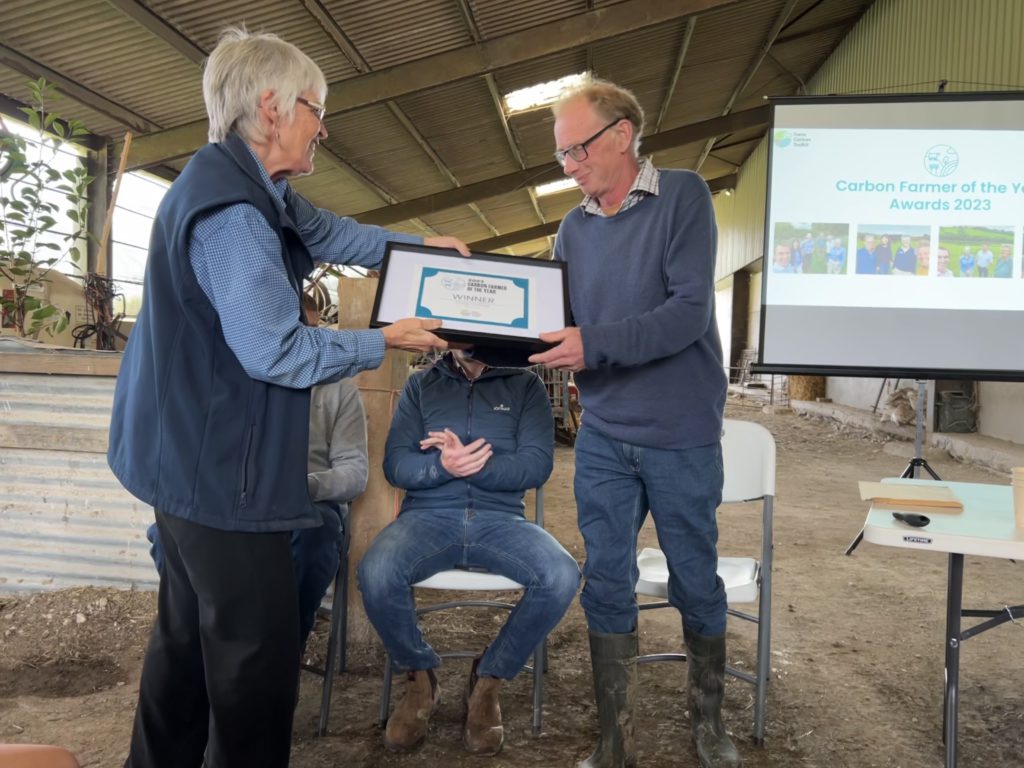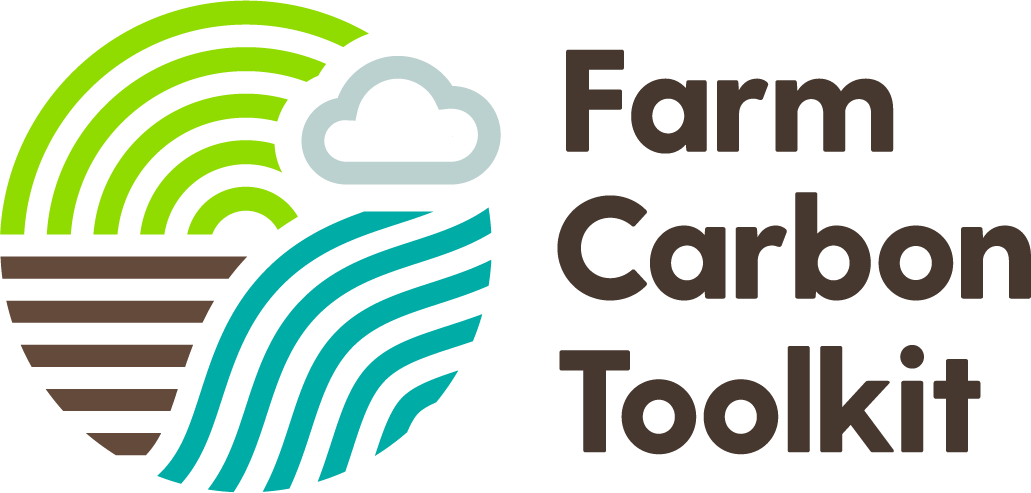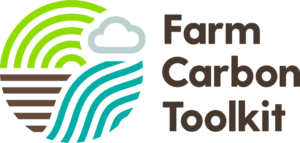
Why did Farm Carbon Toolkit create this competition?
Farm Carbon Toolkit (FCT) set up the Carbon Farmer of the Year Competition to recognise and champion farmers, sector organisations and businesses who are leading the way in adopting farming practices and developing new technologies to reduce farm emissions whilst optimising output.
We wanted to enable discussions on carbon emissions and sinks on farms to be framed in a very practical way to help everyone to increase their understanding and provide ideas for change.
We are clear that we all face the imperative to reach net zero by 2050 and for farmers that means identifying where all possible reductions in greenhouse gas emissions can be made alongside removing carbon where possible into soils and woody biomass.
Through this competition we were seeking businesses who are implementing effective mitigation practices and adopting new technologies which are helpful and provide inspiration for others to emulate.
The judging process
Having opened the competition for entries we were delighted to see so many high-quality entries flooding in from all over the country. We assembled a team of judges who we felt would be able to look at all aspects of our entrants’ applications:
- Adam Twine – our founder and long-term advocate of climate friendly farming practices and mixed farmer from Wiltshire,
- David Cope, head of Sustainability at the Duchy of Cornwall and
- Emily Norton, farmer, and chair of the Soil Association Exchange Advisory Group.
We interrogated all the entries to select our four finalists – Anthony Ellis from Pensipple Farm, Cornwall, Craig Livingstone from Lockerley Estates, Hampshire, Doug Christie from Durie Farms, Fife and Thomas Gent from Oakley Farm, Cambridgeshire.
Our judges visited all four farms to see for themselves the practices of the businesses, the ethos of the entrants and the impact on emissions, sequestration, and farmland biodiversity. It was clear that all our finalists were committed to making rapid and significant changes to their businesses to reduce greenhouse gas emissions. This made the final decision to choose our first winner difficult.
Our 2023 winner
Ultimately, we agreed that Doug Christie of Durie Farms, Fife should be our 2023 winner. Doug has a mixed farm with beef cattle and arable cropping and is organic for the grassland and livestock. He has been incorporating conservation agriculture practices increasingly since 1999 and was very much a pioneer of and advocate for climate friendly farming when it was far from fashionable. Doug initially focused on soil health and by doing this soon realised that it also provided a platform by which emission heavy inputs were reduced with a corresponding reduction in his carbon footprint while also enhancing natural capital services such as biodiversity, water quality, reduced diffuse pollution, water infiltration as well as overall farm resilience, a tall order while attempting to optimise sustainable output. Testament to this focus on biodiversity is that Doug ceased using insecticides over 20 years ago.

We asked all our entrants to tell us about the key practice changes they have made to help them to reduce emissions and remove carbon. Doug’s list was extensive including direct drilling of arable crops; multi species cover crops preceding spring crops; more diverse crop rotation including the production of pulses and legumes; introduction of companion and intercropping more than six years ago; keeping soil covered at all times, maximising use of living roots throughout the year and avoiding any activity on fields when ground conditions are adverse. This has allowed Doug to sell his subsoiler years ago.
Since 2009, use of granular urea has reduced by over 30%, due partly to the increased area of legumes grown. On the arable rotation output has slightly reduced but net margins are up.
On the livestock side Doug practises adaptive multi paddock grazing with diverse leys which underpins soil fertility; this, in turn, has led to reducing the winter housing period for cattle and minimising use of supplementary feeding. A welcome impact of changing housing management has been a significant reduction in both costs and emissions from a reduced need to move feed and bedding around in the winter and reduced emissions associated with producing winter forages and constantly reseeding.
While he is a firm believer that the five principles of soil health will ultimately deliver he also makes use of technologies such as yield mapping, NDVI and to identify areas to prioritise for nature and is a great believer in monitoring input use and soil health . Records of organic matter (LOI) on a field basis go back to 2006. OM levels rose by a modest 0.5% (from 2006 to 2016) but have not carried out the same statistical analysis from 2016 to present yet. This needs to be seen against a high starting point, taking into consideration the soil type (mainly sandy loam).
He has monitored fuel usage for farm activities for the past five years and has comprehensive soil analysis information going back for well over two decades. This information has then been used to guide future farm management.
Key measures to reduce use of fuel and energy at Durie Farms primarily focus on reducing the need for power, through for example reduced on farm feed mill and mixing as feed use has declined and reduced lighting for housed livestock, use of a stripper header, keeping tyre pressures optimum; reducing total tractor hours / year, low tractor HP / axle weights as well as changing overall farm systems to reduce the need for the use of machinery and equipment. Data on fuel usage going back to 2018 indicates that fuel usage for the cattle enterprise has reduced by 24% during this period with the arable enterprise fuel use, stubble to stubble and including cover crops averaging 12.21 litres/tonne or 53 litres / ha, before fuel for drying crops which has fluctuated from 5 – 20 litres / tonne (including fuel for generator to power the drier) fluctuations mainly due to moisture of crops at harvest.
Doug is continually trying new ideas, with pasture cropping a new initiative he has ‘frustratingly’ tried this year.
Going forward there is a list of things he is looking at to reduce emissions further and store more carbon on the farm, for example developing agroforestry on the permanent grassland to provide benefits for livestock and introducing diverse leys into the arable rotation to enable further reductions in fossil fuel fertiliser usage whilst enhancing soil carbon levels. Dug has calculated that this will reduce reliance still further on chemical N Fertilisers (50% reduction on current levels). For this change Doug will need to balance available forage with cattle requirements.
As a mixed farm, the largest source of emissions are the beef cattle on the farm, despite all the very positive practices in place on the farm. However, looking more holistically, the benefits of the cattle in providing manures and extensive use of legumes to replace chemical fertilisers and supporting enhanced biodiversity contributes to effective ecosystem services which in turn supports a pesticide free system. They are the kingpin to a more circular farming system.
Effective communication and networking
Durie Farms network is extensive, ranging from BASE UK; working closely with local research institutions with on farm trials; involvement with the local AHDB strategic farm alongside hosting visits from Government and other groups on farm.
FCT will be holding a farm walk at Doug’s farm on the 21st November as part of Countryside COP week. More details will be published over the coming week.
FCT Long term ambition for the Carbon Farmer of the Year
In the long term, the Farm Carbon Toolkit is aiming to create a network of alumni who are changing their management practices to better manage emission and carbon storage on farmland who will inspire others through activity, practical demonstrations, and advocacy for changing management practices.

